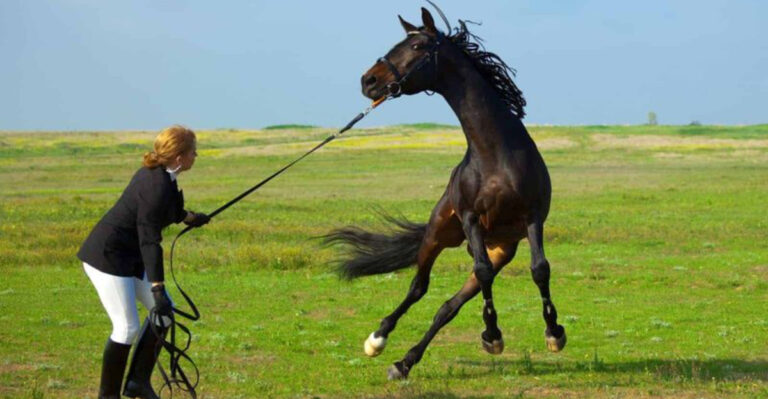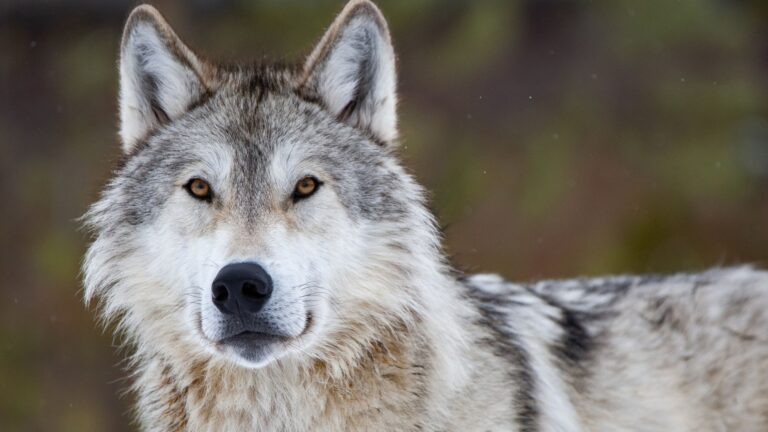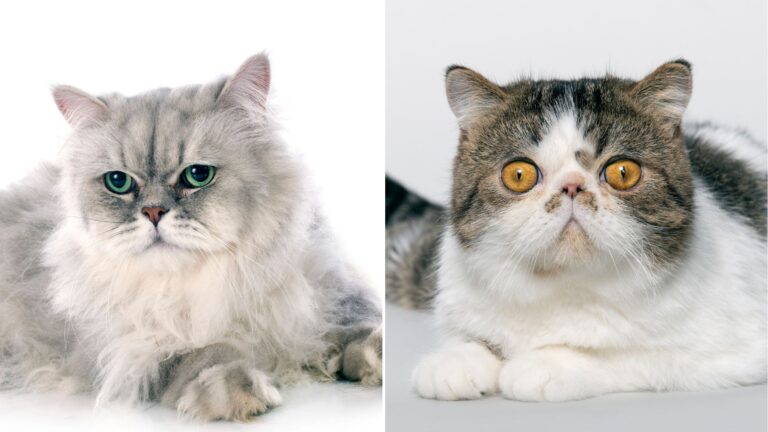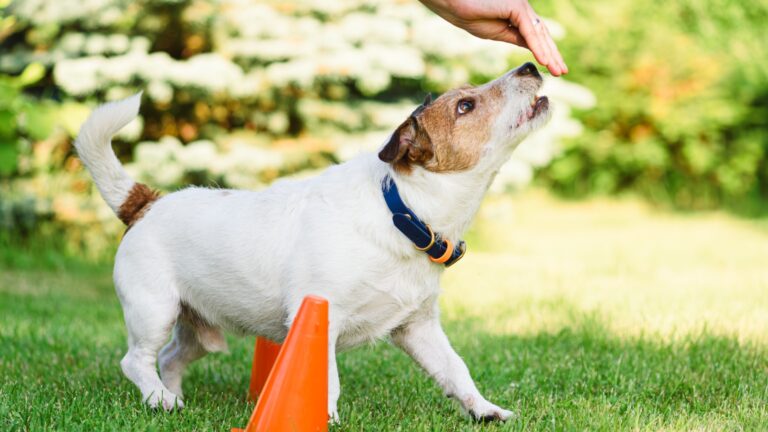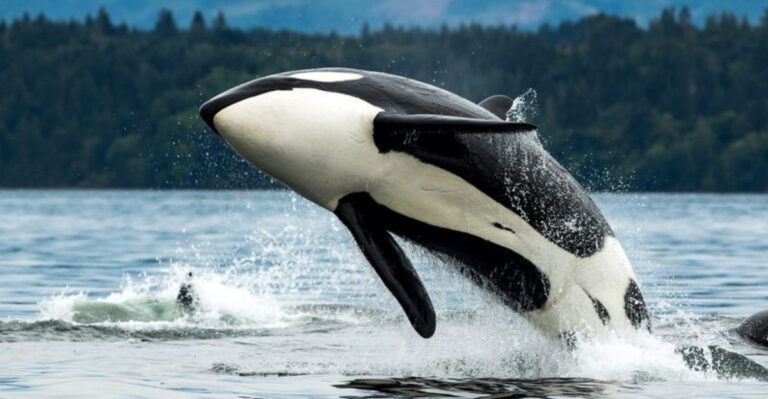13 Animals With Fascinating Ways Of Communication
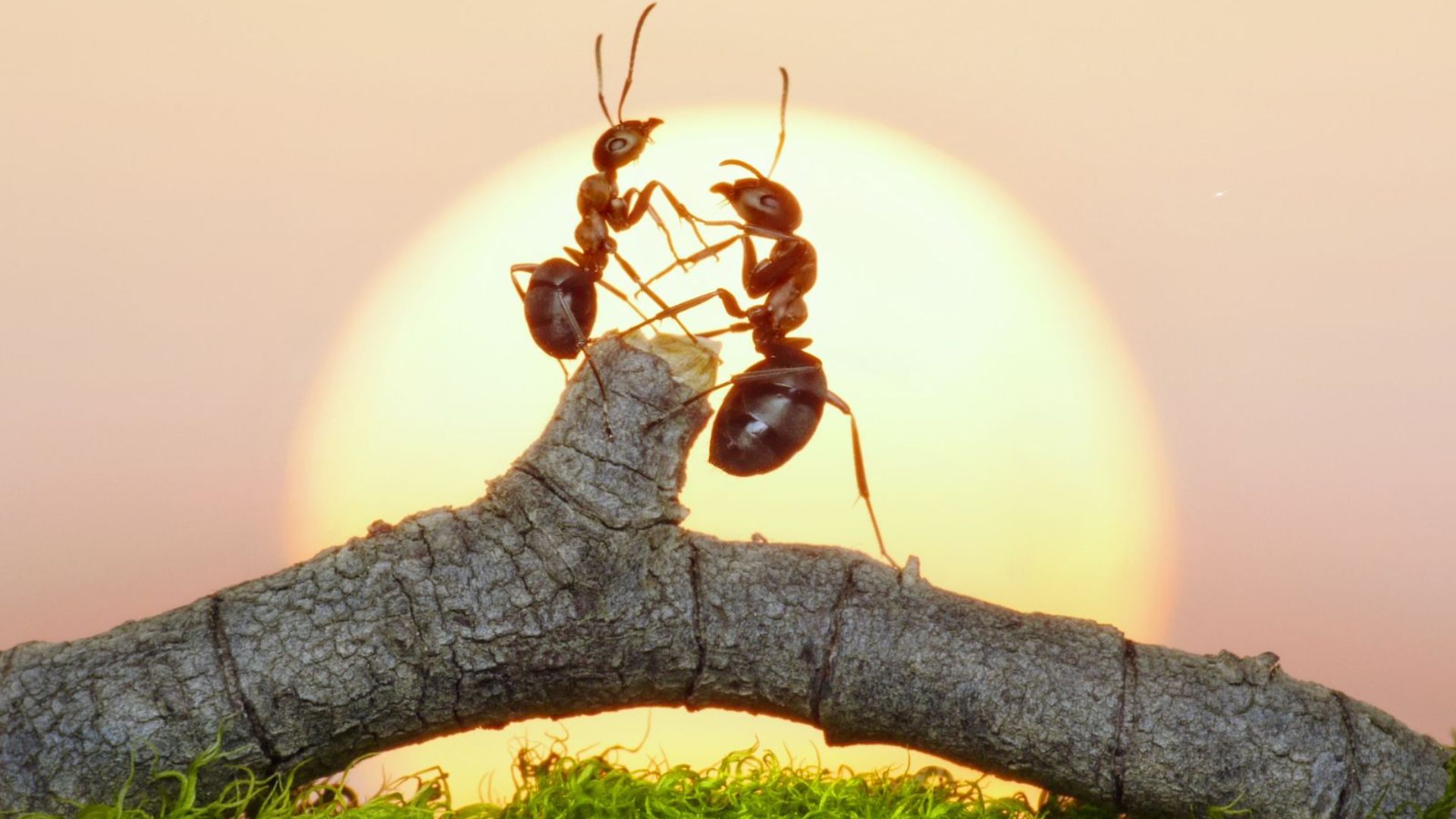
Just as humans communicate in many different languages, animals also have a variety of ways to exchange information.
While Old McDonald taught us that pigs grunt, cows moo, and mice squeak, we now know that animal communication is far more complex than a simple nursery rhyme.
Want to learn about animals with fascinating and unique communication styles? Keep reading to find out all about them!
1. Bees Dance
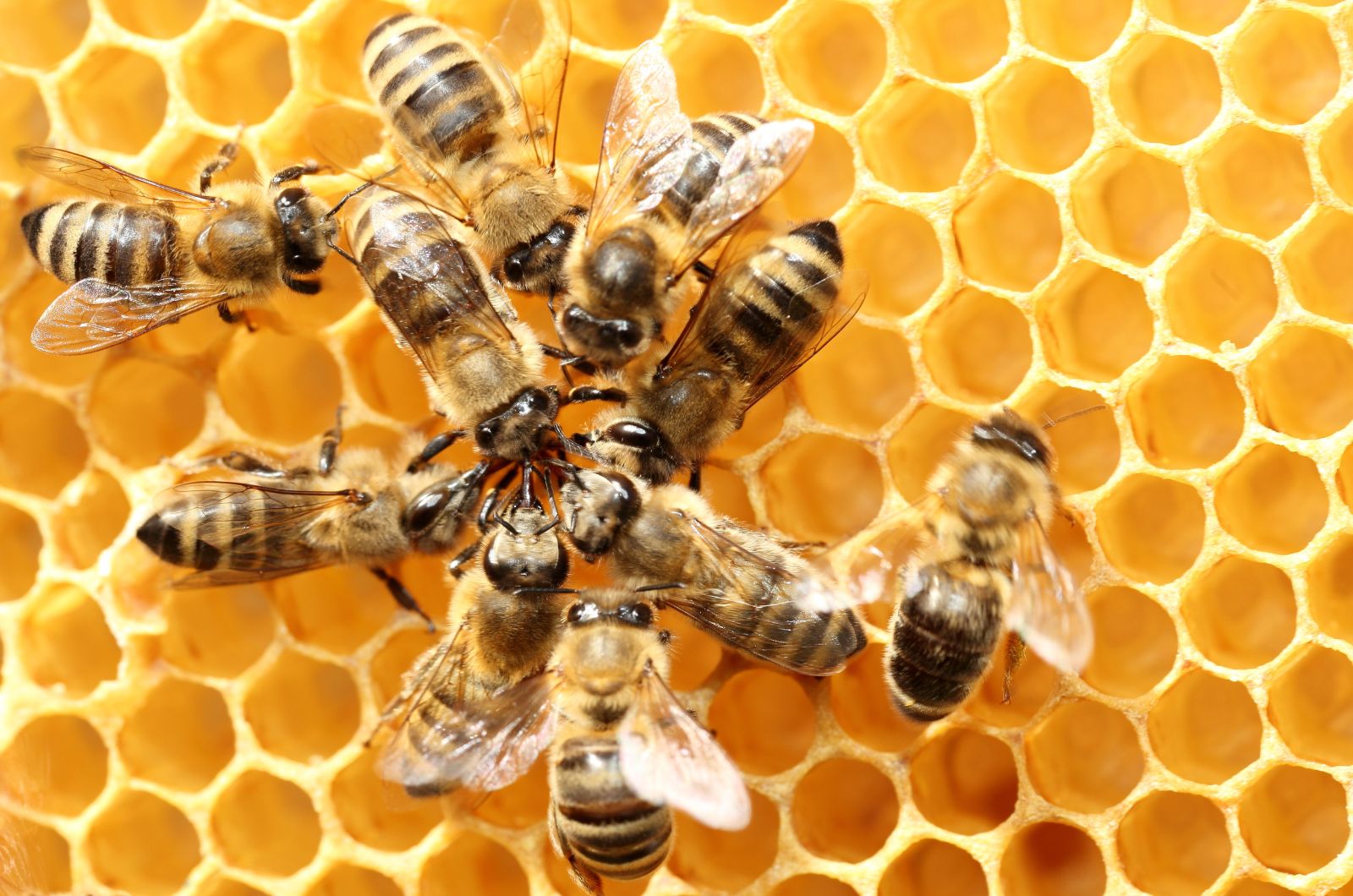
Starting off strong, we have our little dancing queens – I mean bees! These tiny honey workaholics spend most of their lives buzzing around, so effective communication is crucial.
They share important info about the best flower spots or ideas for home locations through the “waggle dance.”
By moving in a specific pattern and waggling their bodies, they convey both the direction and distance of the nectar relative to the sun, essentially turning the hive into a buzzing map of instructions.
2. Bats Use Echolocation
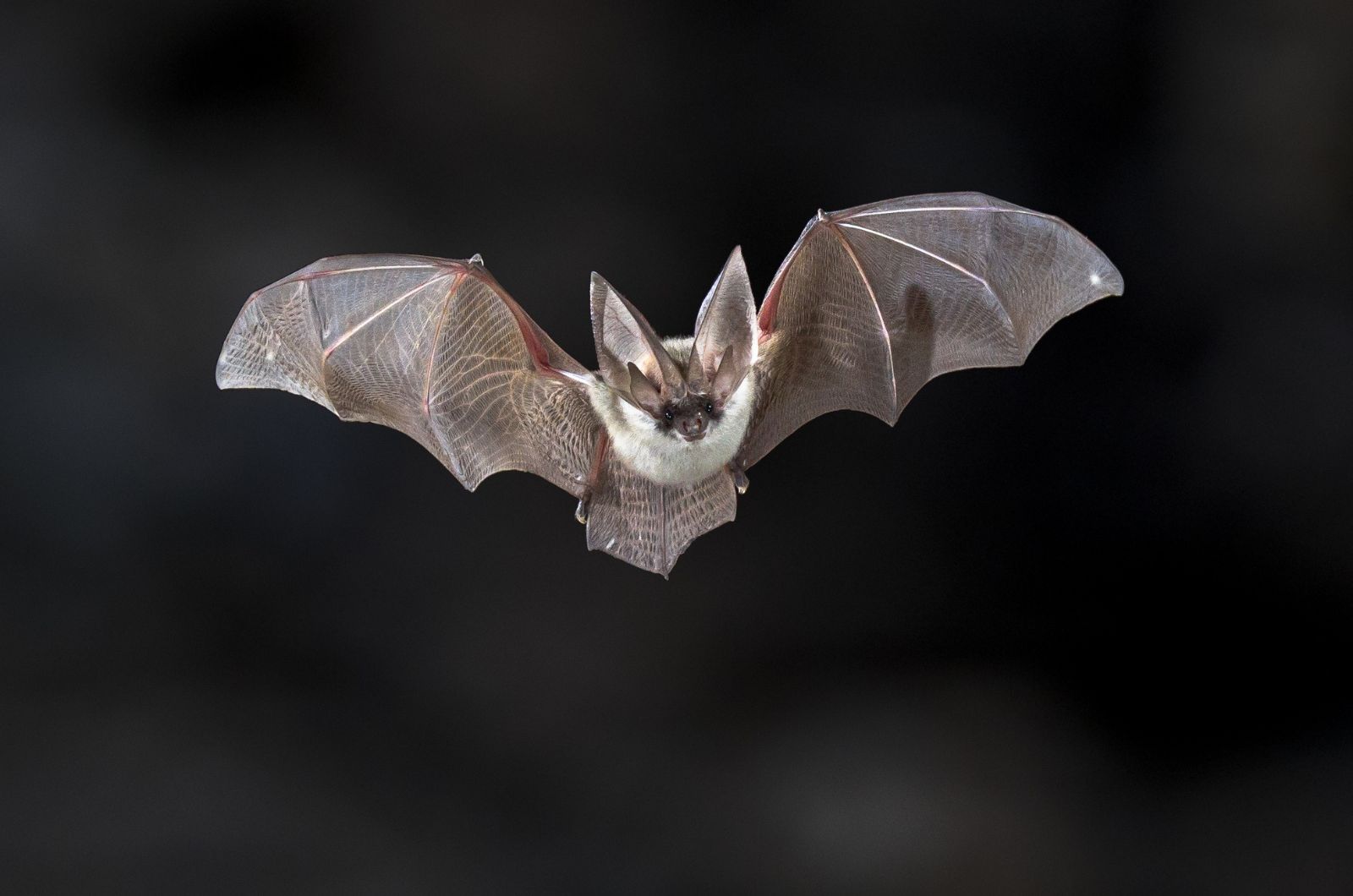
Since bats are mostly nocturnal, they require a keen sense of communication to navigate and hunt in complete darkness.
They communicate through echolocation – a pitch so high that it’s mostly inaudible to humans. By emitting high-frequency sounds and listening to the echoes that bounce back from objects, bats can create a mental map of their surroundings.
This incredible ability helps them locate prey, avoid obstacles, and interact with fellow bats.
3. Octopuses Change Color
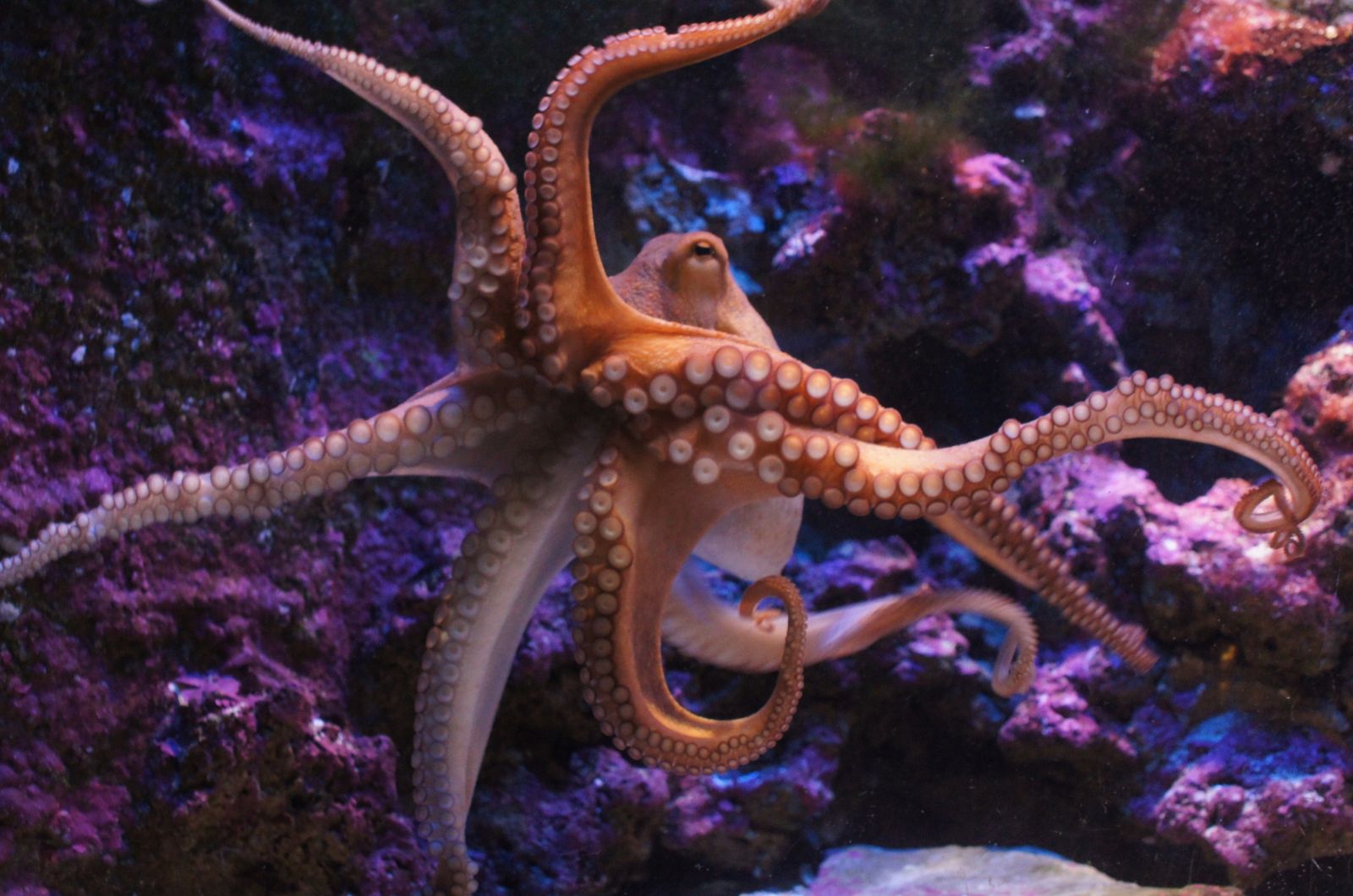
Octopuses are masters of camouflage, using rapid color changes to hide from predators or intimidate rivals.
But their amazing ability to alter their skin pigmentation goes beyond survival; it’s a complex visual language.
Through changes in their specialized skin cells, called chromatophores, octopuses can signal everything from aggression, and fear to courtship.
4. Fireflies Flash Light
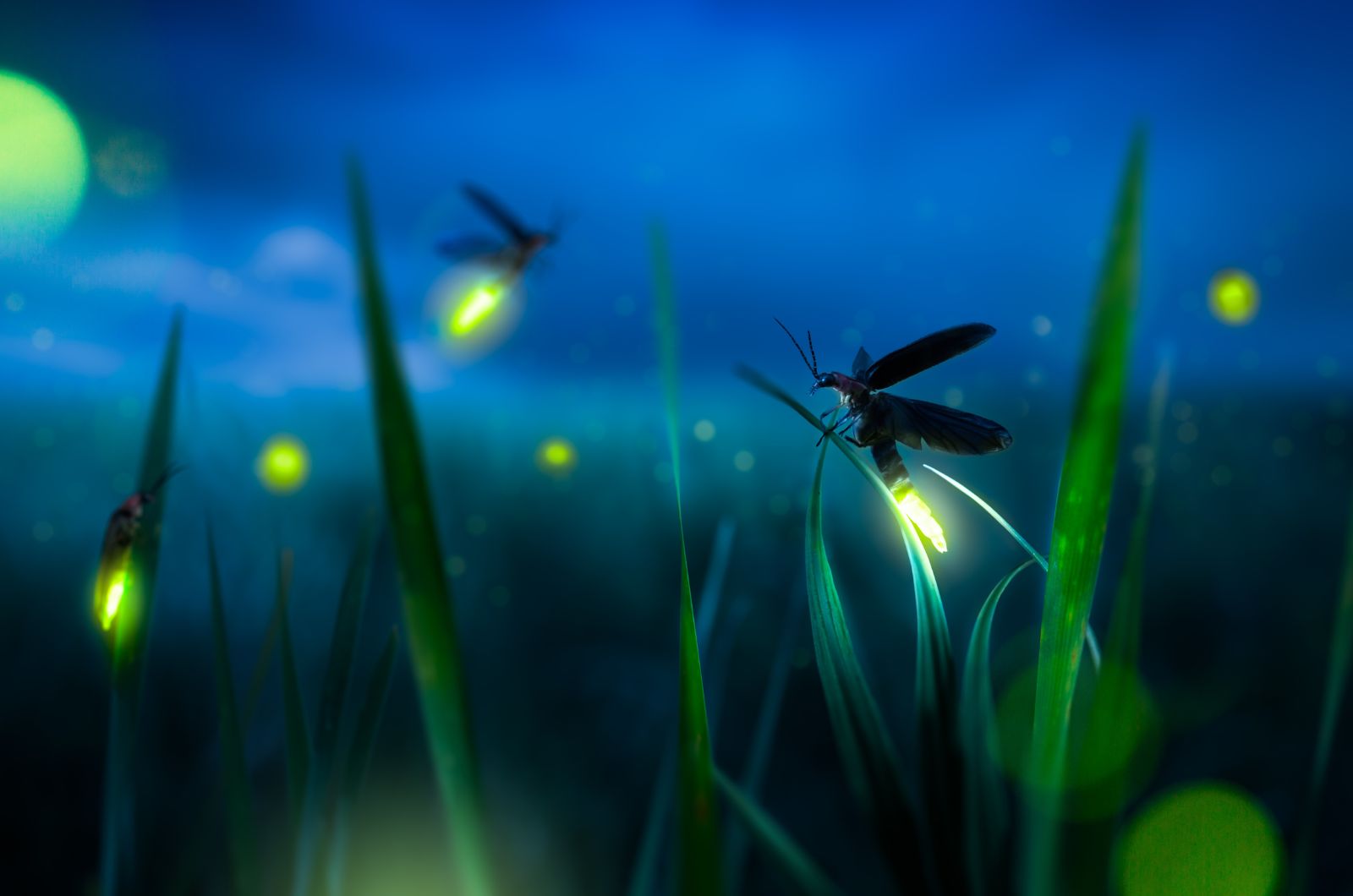
Many of us may remember chasing fireflies as children, mesmerized by their glowing lights. What might not be as well-known is that these flashes are a form of communication, especially during mating season.
Each species of firefly has a unique flash pattern, allowing males and females to find and recognize each other.
These glowing signals are not only beautiful but also form a precise language of love.
5. Humpback Whales Create Complex Songs
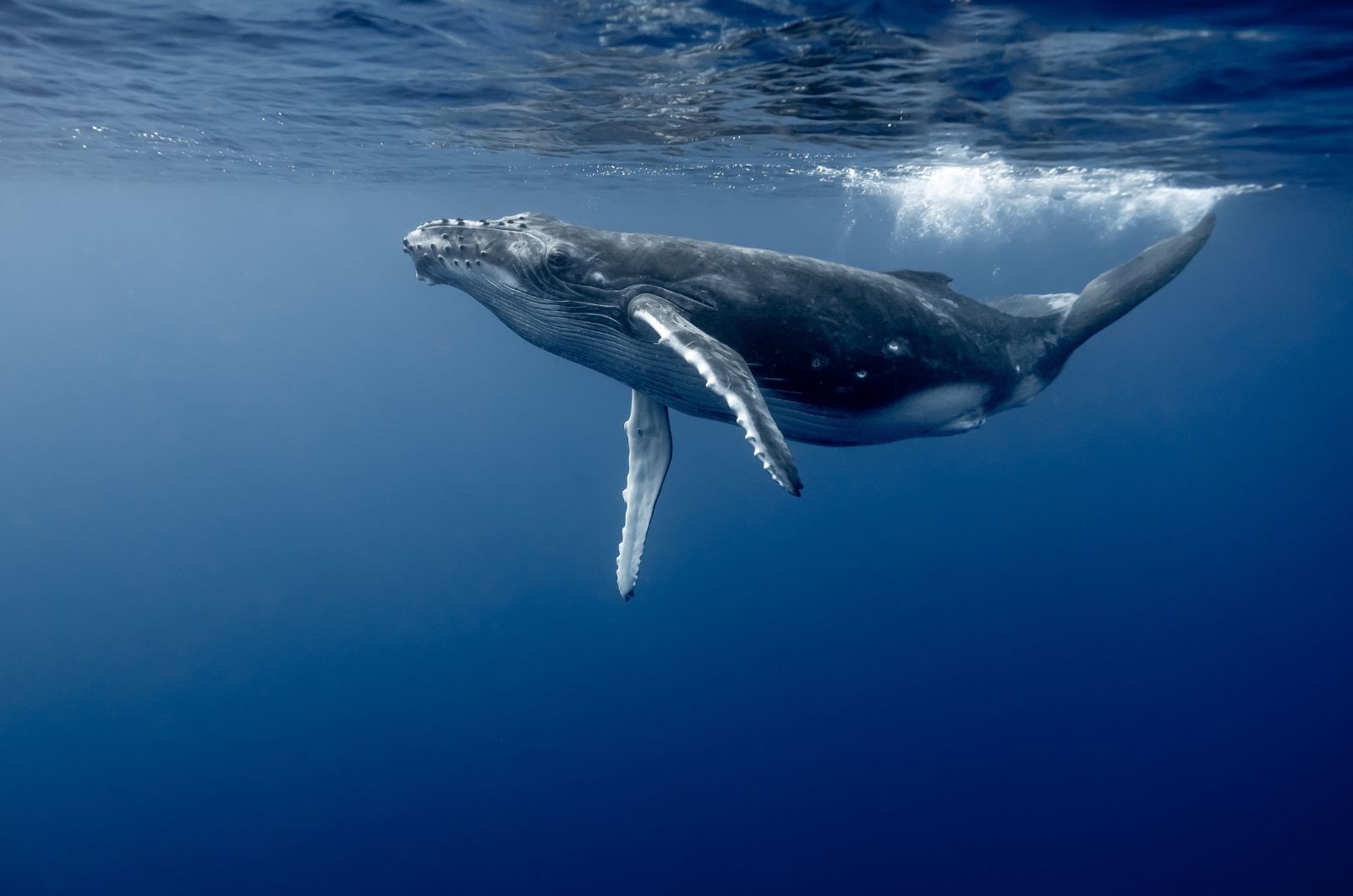
Another animal that truly shines during mating season is the humpback whale.
These mesmerizing marine giants are renowned for their hauntingly beautiful songs, which are as complex as they are captivating.
Male humpbacks compose these elaborate melodies not just to attract mates but to communicate over vast distances underwater. Their songs can also intimidate rivals, showcasing the humpbacks’ sophisticated communication skills.
6. African Elephants Make Infrasounds
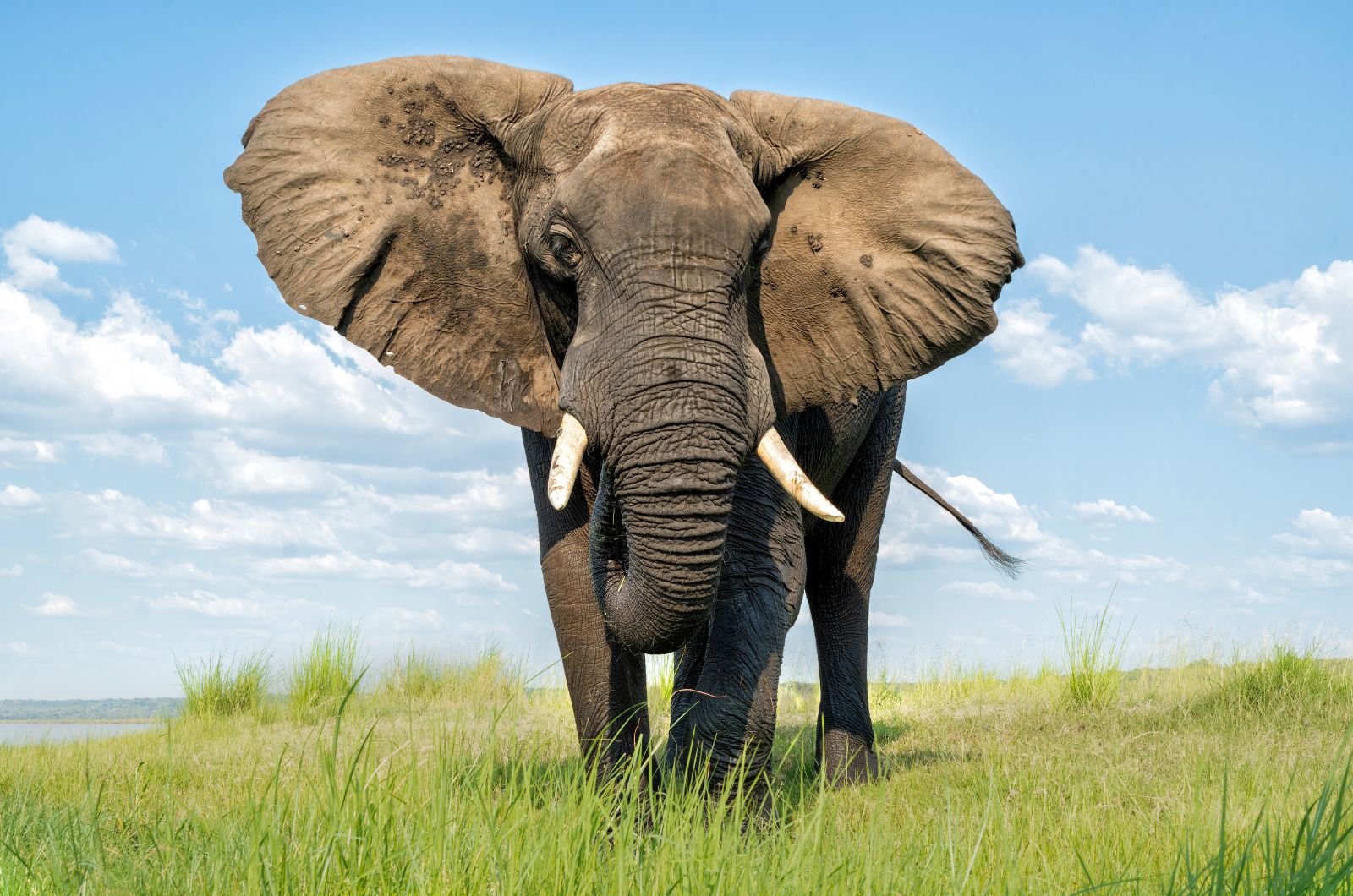
African elephants certainly deserve their spot on our list of animals with fascinating and unique communication styles – and for good reason!
These gentle giants are masters of low-frequency communication, using infrasounds – sounds below the range of human hearing – to transmit messages over vast distances.
Their deep rumbles can travel several miles, helping elephants stay connected with herd members or alert others to potential danger. Infrasounds are especially valuable in their expansive, open habitats, where visual signals alone may not be sufficient.
7. Ravens Use Sign Language
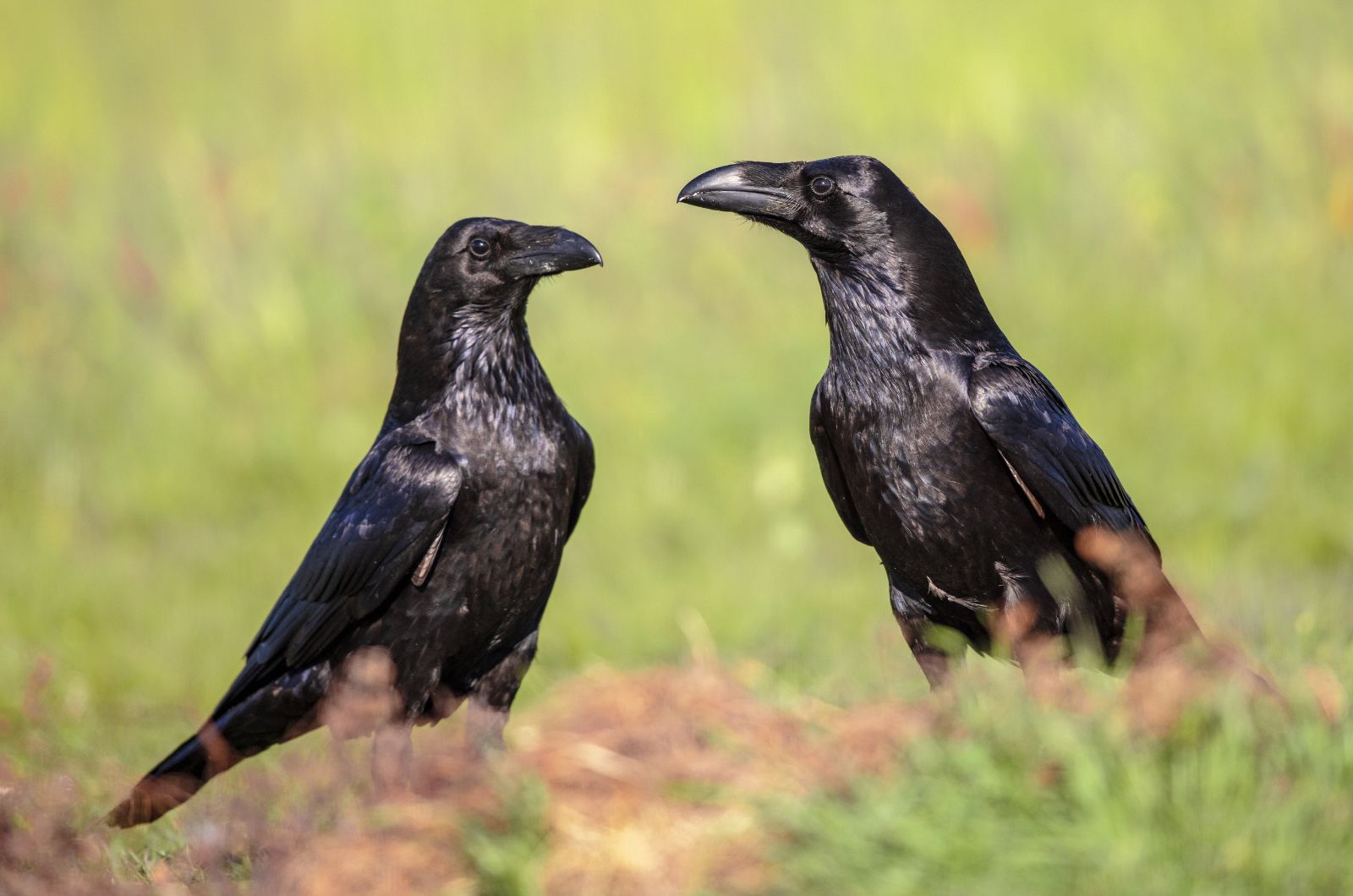
It’s no secret that ravens are incredibly intelligent, so it’s only fitting their communication methods are as clever as they are.
Believe it or not, these smart birds use something akin to human sign language to communicate. While they don’t use traditional sign language, of course, ravens have been observed employing intricate gestures to convey messages.
These gestures include pointing, tapping, and even offering food to signal things like food sources, potential threats, or to strengthen social bonds.
8. Gorillas Hum
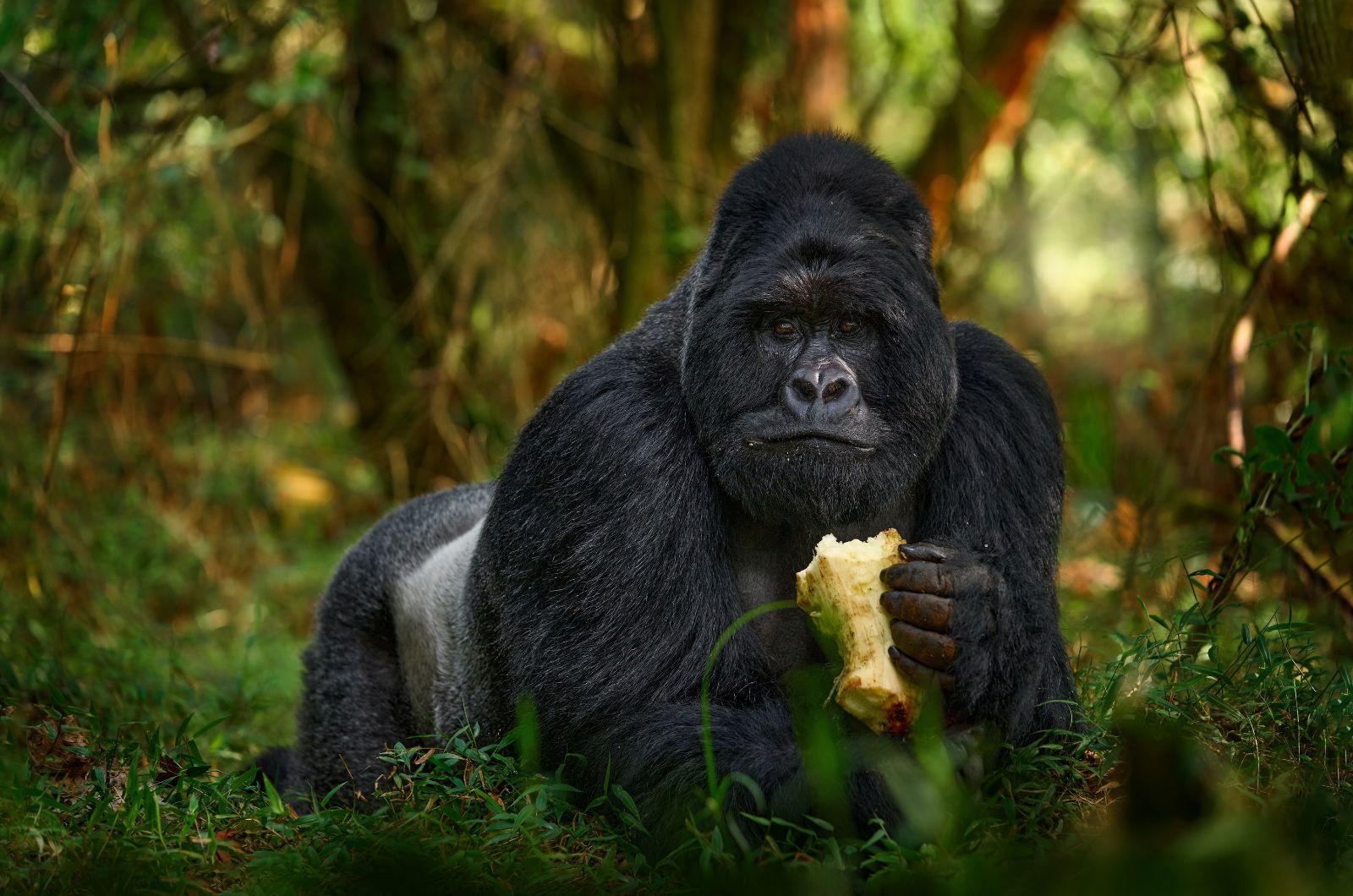
Although gorillas are generally known for their impressive intelligence and complex social structures, they also have another fascinating trait: humming!
These gentle giants use soft, melodic sounds to express themselves, especially in calm situations.
Whether they’re eating, playing, or simply relaxing with their group, humming serves as a form of communication, signaling comfort, satisfaction, or a way to bond with others.
9. Dholes Whistle
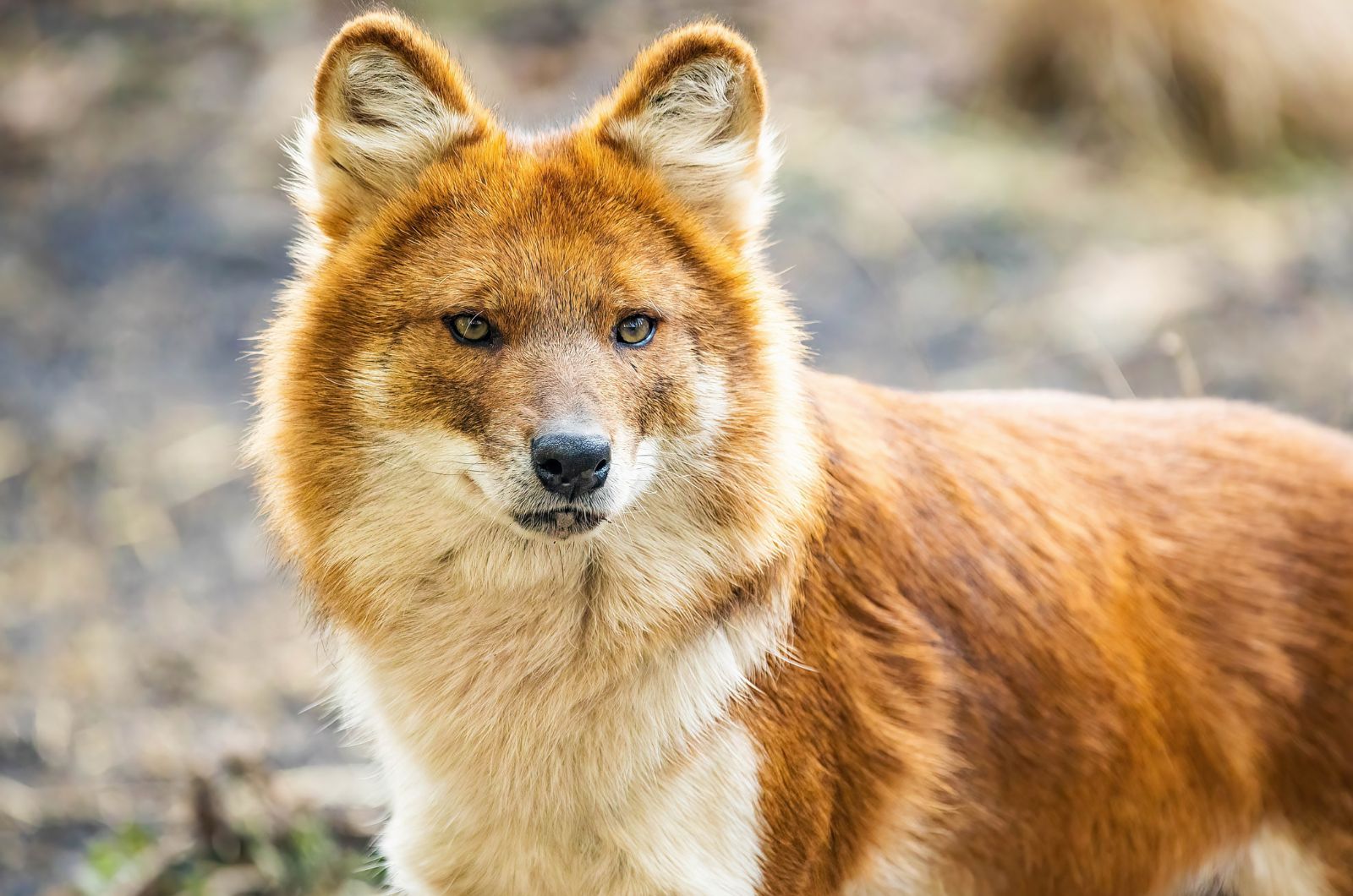
Dholes, also known as Asiatic wild dogs, are often called “whistling dogs” for good reason!
These wild pups use high-pitched whistling sounds to coordinate with one another while hunting, navigating dense forests, or warning pack members of danger.
Their distinctive whistling not only aids in communication but also maintains group cohesion, allowing them to stay connected in challenging environments where visual signals might not be effective. It’s a unique and essential part of their social dynamics.
10. Frogs
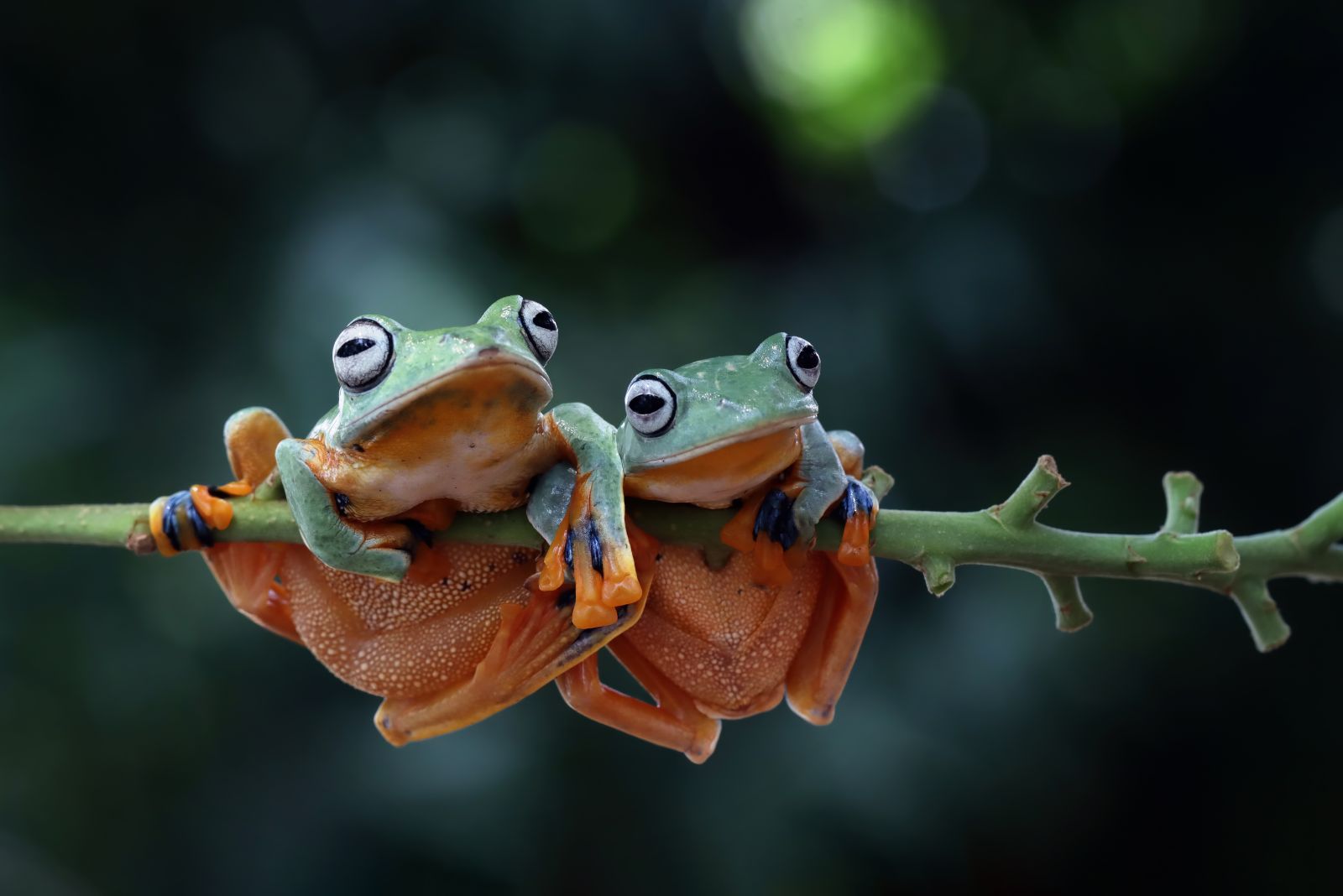
Frogs rely on vocalizations, primarily croaks, to communicate during mating season and to establish territory. Each species has a unique call to avoid confusion, and males often engage in vocal contests to attract females.
Beyond mating, their calls serve as warnings to rivals or threats. Frogs can also adapt their calls to environmental conditions, ensuring they are heard even in noisy habitats like dense forests or wetlands.
11. Ants
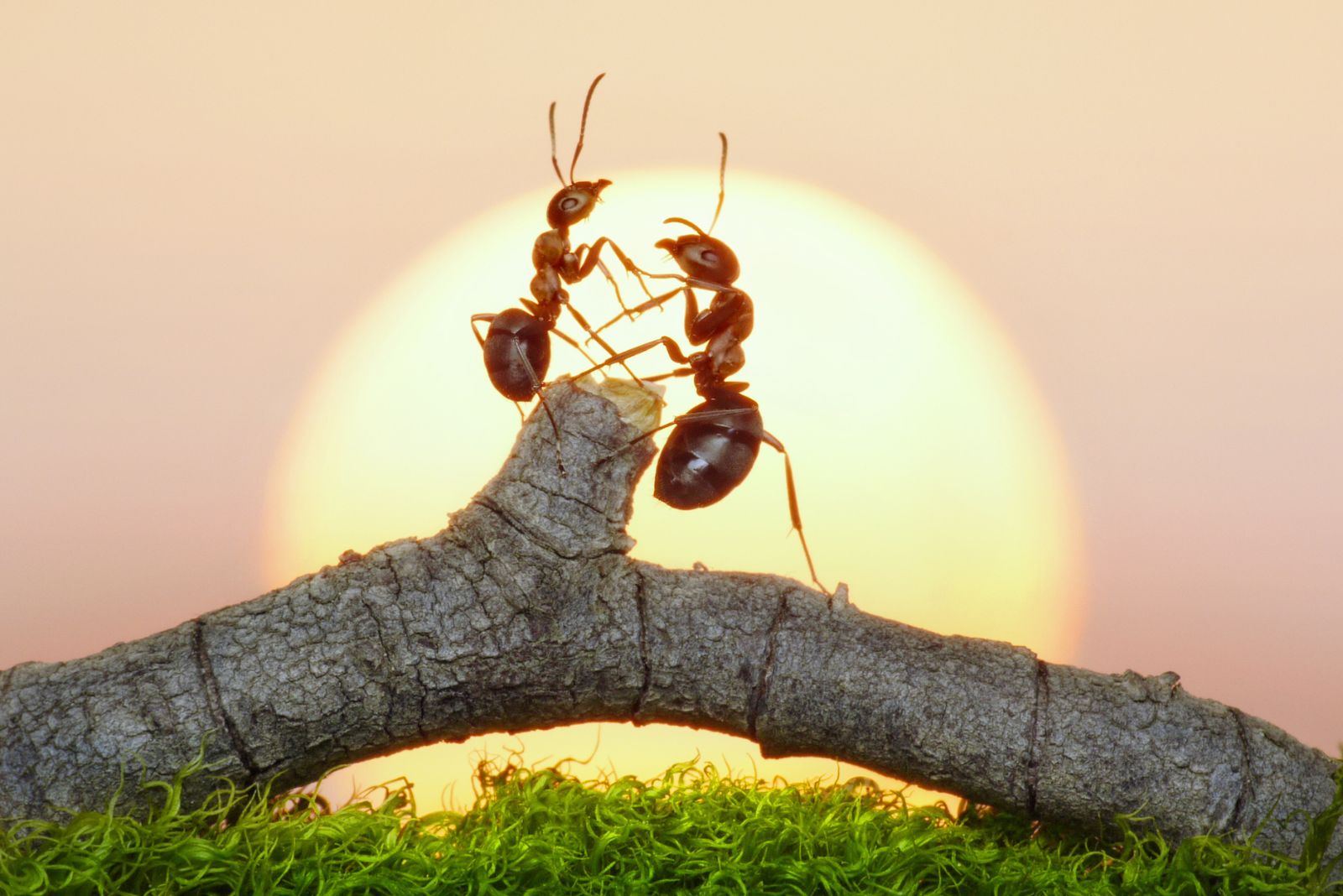
Ants communicate using pheromones, which they release to guide colony members to food or warn of danger. These chemical trails are highly efficient, with stronger signals indicating higher-priority resources.
In addition to pheromones, ants use touch and body language, like antennal taps, to share information, ensuring the colony works seamlessly as a cohesive unit.
12. Wolves Howl In Harmony
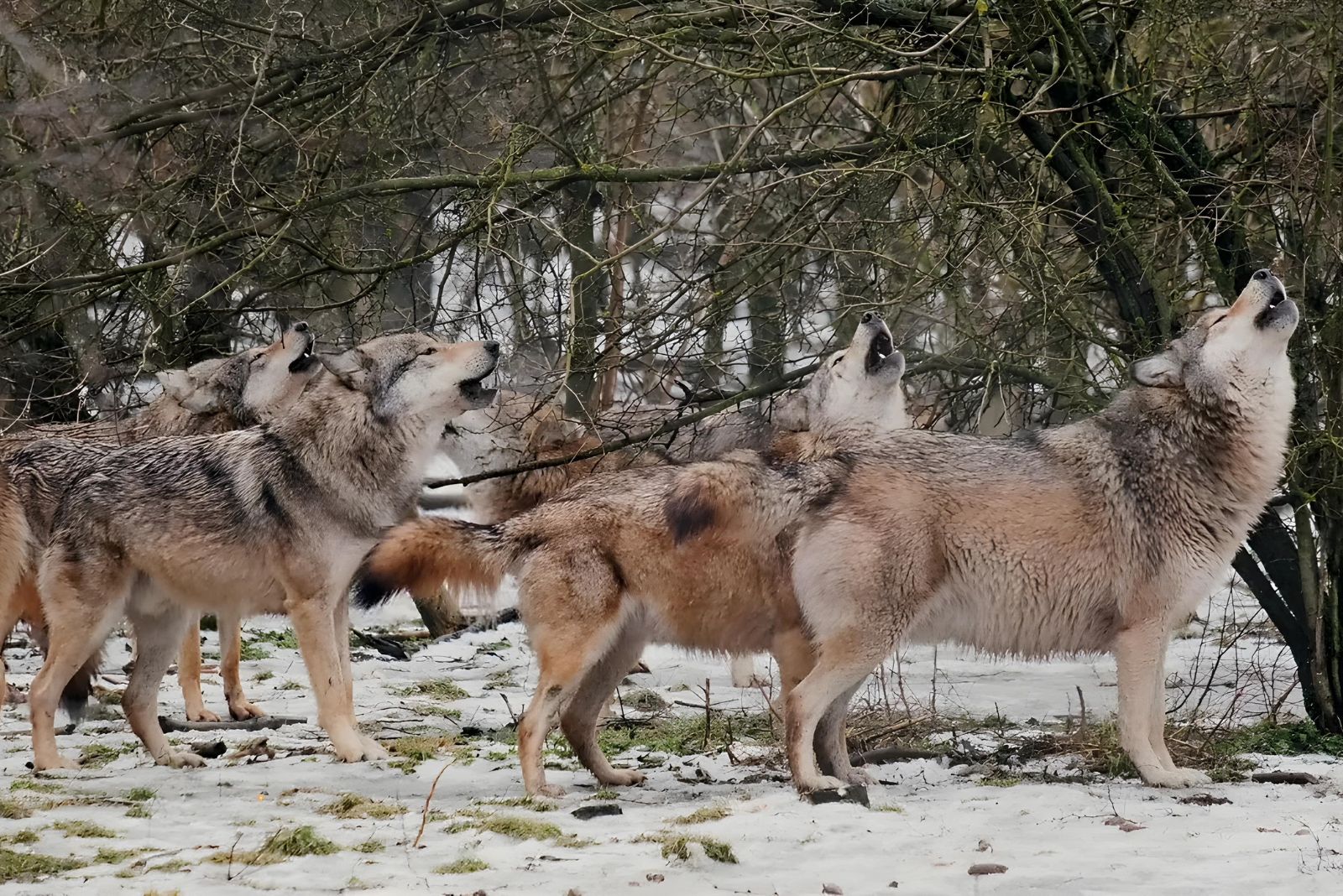
Wolves don’t just howl for fun; their howls serve as a sophisticated communication tool that helps them stay connected over long distances. Each wolf has a unique vocal signature, allowing pack members to recognize each other’s voices.
Beyond just locating one another, wolves use howls to strengthen pack bonds, warn rivals to stay away, or rally the group before a hunt. Their haunting, chorus-like howling is a reminder that these incredible animals have one of the most effective vocal communication systems in the wild.
13. Cuttlefish Speak With Their Skin
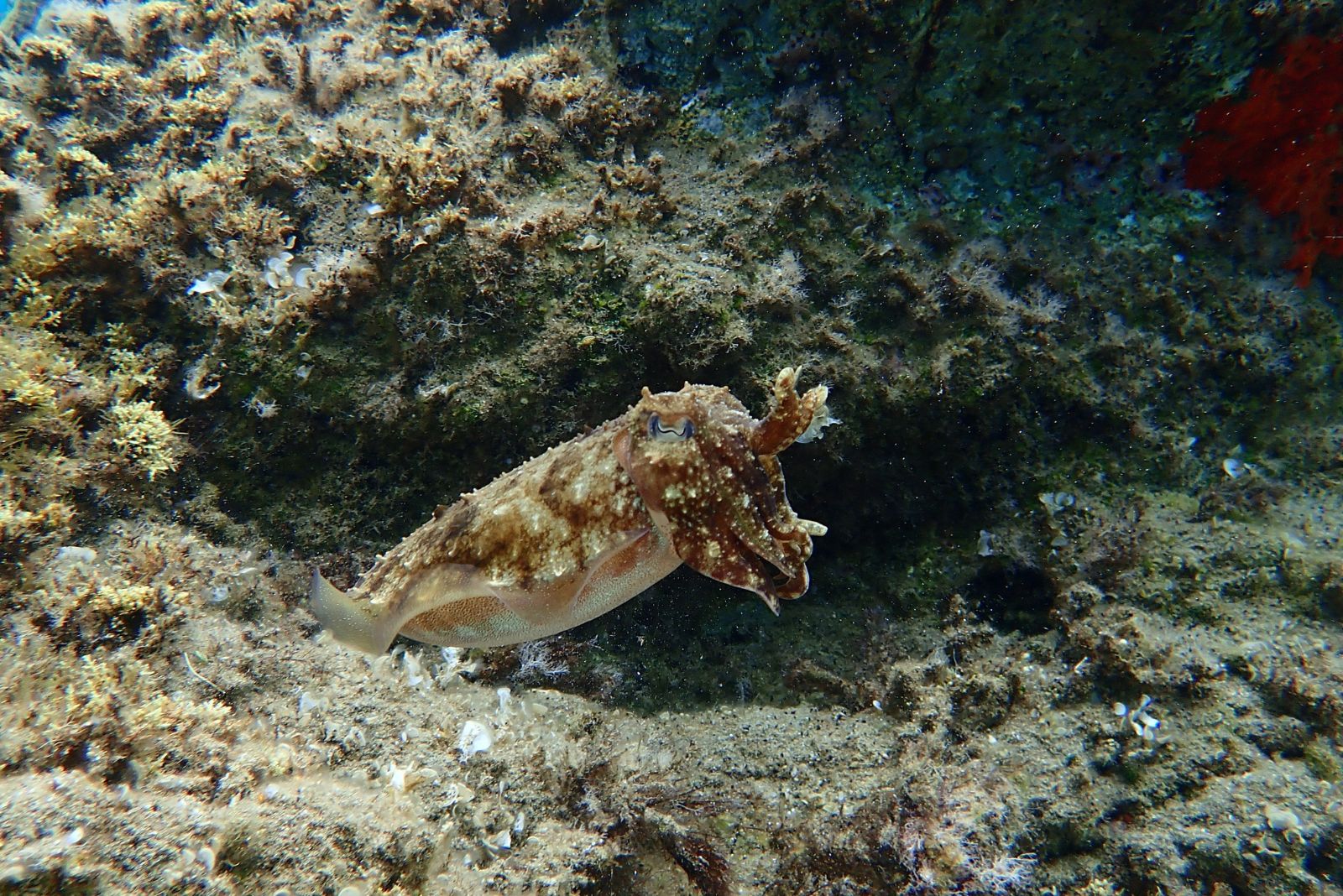
Cuttlefish take visual communication to the next level by changing colors and patterns on their skin in an instant. Thanks to their specialized skin cells called chromatophores, these marine creatures can send complex messages without making a sound.
They use this incredible ability to blend into their surroundings, signal warnings to rivals, express emotions, and even hypnotize prey.
Some cuttlefish can even display different patterns on each side of their body simultaneously, allowing them to communicate with multiple animals at once. Their ever-shifting displays make them one of the most mesmerizing communicators in the ocean!

